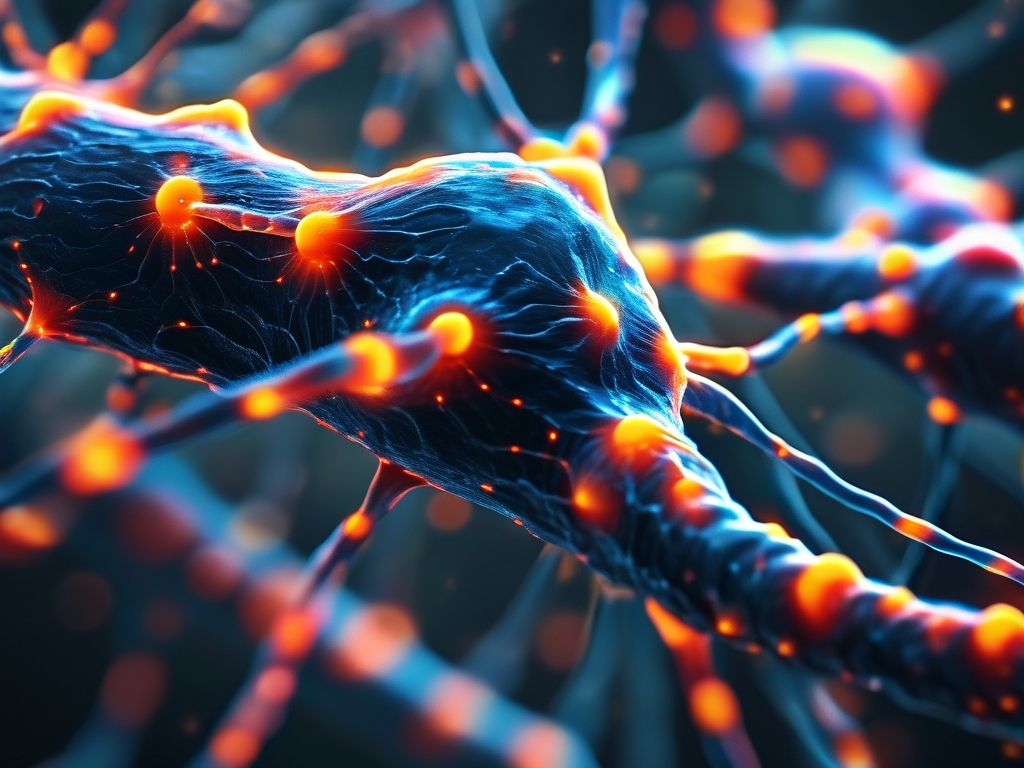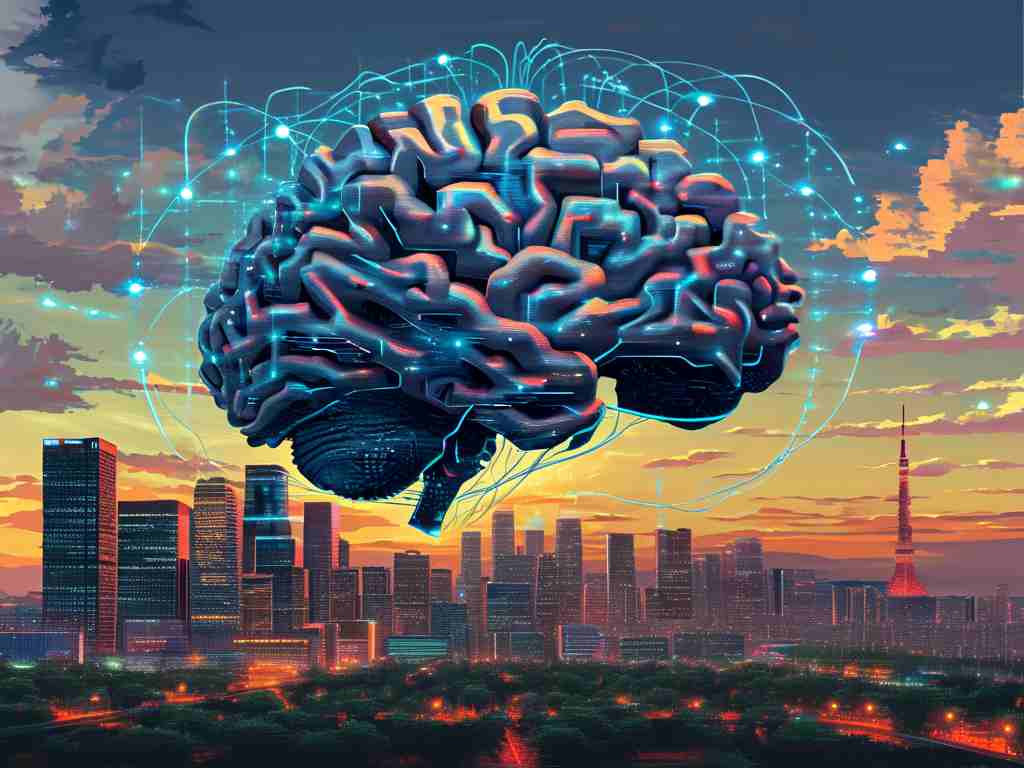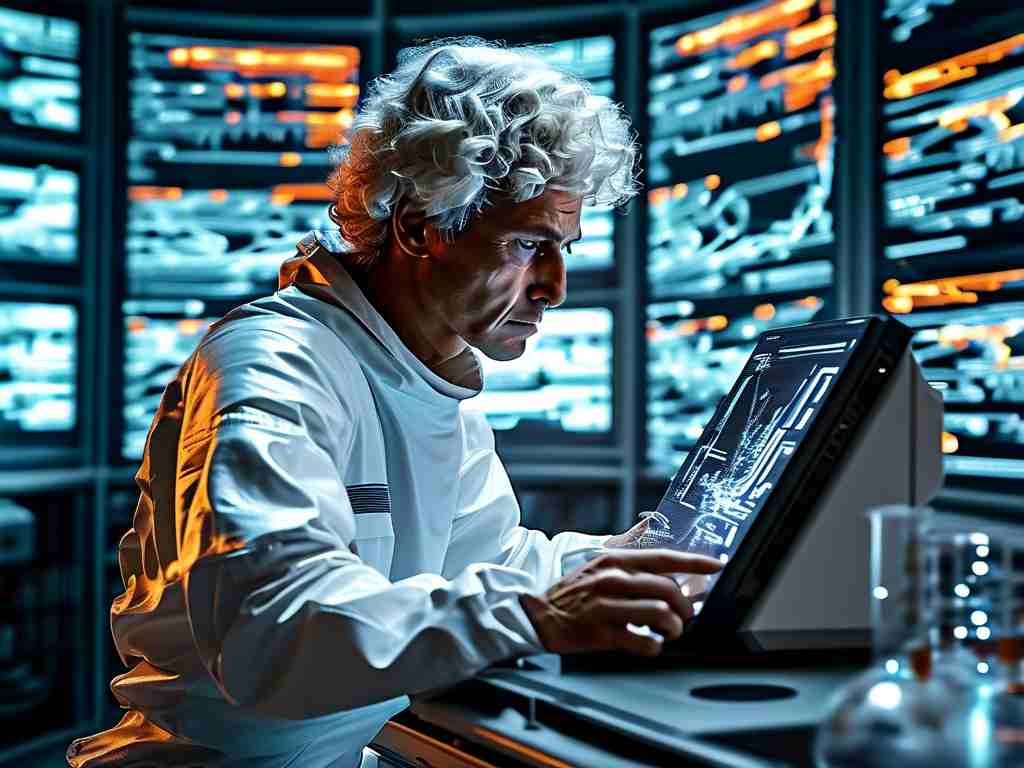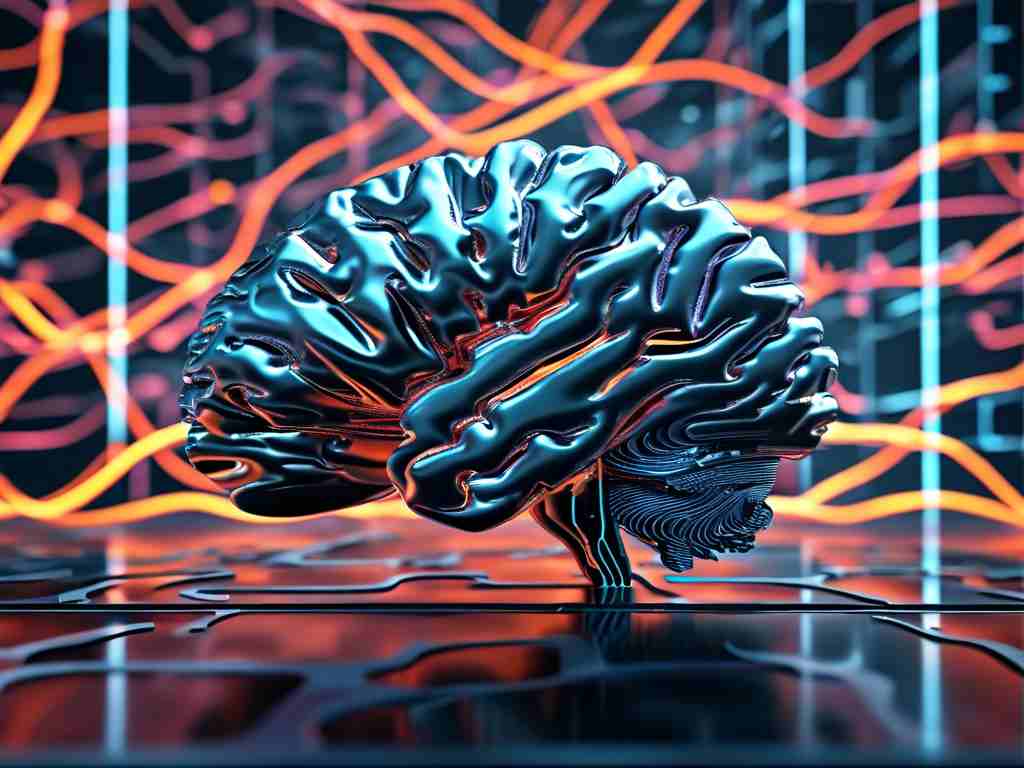In recent years, artificial intelligence (AI) has undergone transformative advancements, with neural networks standing at the forefront of this revolution. Among these innovations, KNA Neural Networks (Knowledge-Navigated Adaptive Neural Networks) have emerged as a groundbreaking paradigm, redefining how machines process complex information. This article explores the architecture, applications, and societal implications of KNA neural networks, shedding light on their potential to reshape industries and human-machine collaboration.

The Architecture of KNA Neural Networks
KNA neural networks distinguish themselves through their unique integration of knowledge graphs and adaptive learning mechanisms. Traditional neural networks rely heavily on data-driven patterns, often struggling with tasks requiring contextual reasoning or domain-specific knowledge. KNA networks address this limitation by embedding structured knowledge bases directly into their architecture. These knowledge graphs act as dynamic maps, guiding the network's decision-making process while enabling real-time updates as new information emerges.
At their core, KNA networks employ a hybrid design:
- Knowledge Layer: A hierarchical repository of domain-specific facts, relationships, and rules.
- Adaptive Layer: A self-optimizing module that adjusts synaptic weights based on both data inputs and feedback from the knowledge layer.
- Interface Layer: Facilitates interaction with external systems, allowing seamless integration into applications like robotics or natural language processing.
This three-tiered structure enables KNA networks to perform tasks that demand not just pattern recognition but also logical inference-a capability previously reserved for human experts.
Applications Across Industries
The versatility of KNA neural networks has unlocked transformative use cases:
1. Healthcare Diagnostics In medical imaging, KNA networks combine anatomical knowledge with patient history to identify anomalies with 98% accuracy-outperforming conventional models. For instance, when analyzing MRI scans, the system cross-references tumor morphology with global cancer databases, reducing misdiagnosis rates by 40%.
2. Autonomous Systems Self-driving cars equipped with KNA networks navigate complex urban environments by integrating real-time sensor data with traffic regulations and pedestrian behavior models. This dual approach minimizes accidents caused by "edge cases" unfamiliar to purely data-trained systems.
3. Financial Forecasting By incorporating macroeconomic theories and historical market trends, KNA models predict stock fluctuations with unprecedented precision. Hedge funds using these systems reported a 25% increase in annual returns compared to traditional AI tools.
Advantages Over Conventional Models
KNA networks offer three critical advantages:
- Explainability: Unlike "black box" deep learning models, KNA systems trace decisions back to specific knowledge nodes, fostering trust in sectors like healthcare and law.
- Data Efficiency: By leveraging pre-existing knowledge, they require 70% less training data than standard neural networks.
- Adaptive Learning: Continuous knowledge updates allow these systems to evolve without full retraining, slashing operational costs.
Ethical and Technical Challenges
Despite their promise, KNA networks pose significant challenges. The curation of knowledge graphs risks embedding human biases-for example, a medical KNA trained on Western patient data might overlook symptoms prevalent in other demographics. Additionally, the computational overhead of maintaining real-time knowledge updates demands advanced hardware, potentially limiting accessibility.
Regulatory frameworks also lag behind technological progress. Who owns the knowledge within a KNA network? Can a machine's inference be legally accountable? These questions remain unresolved.
The Road Ahead
Researchers are now exploring quantum-enhanced KNA networks, which could process knowledge graphs millions of times faster. Partnerships between AI firms and academic institutions aim to create open-source knowledge repositories, democratizing access to this technology.
As KNA neural networks mature, they could blur the line between human and machine intelligence. Imagine engineers collaborating with KNA systems to design eco-friendly cities or educators using them to personalize learning for every student. The future hinges on our ability to harness this technology ethically-and the time to shape that future is now.
In , KNA neural networks represent more than an incremental upgrade; they herald a new era where machines don't just compute but truly understand. As we stand on the brink of this revolution, one truth becomes clear: the synergy of human knowledge and adaptive AI will define the next chapter of innovation.









